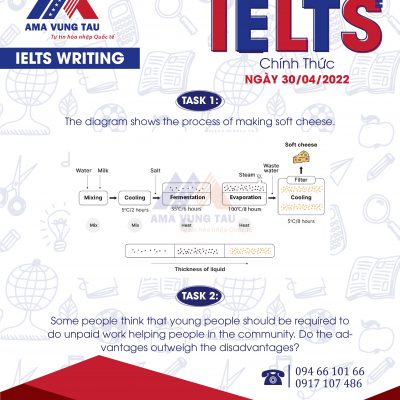Task 1
| The graph shows the value in US dollars (in millions of dollars) of investment in funds of four categories from 1988 to 2014. |
Sample
The line graph depicts the amount of money invested in four financial assets between 1988 and 2014, including real estate, gold, fine art, and corporate stock. Millions of US dollars are used to calculate measurements.
Overall, during the time period illustrated, all four types of investment funds increased. Specifically, Gold has seen the most significant rise of any of them.
In 1988, around $50 million was invested in real estate and corporate stock, while $75 million was spent on fine art and $100 million on gold. The value of the investment in fine art changed throughout the next 18 years. In contrast, there was a minor rise in property investment (about 100 million dollars), while corporate shares and gold drew substantial investment interest, with numbers for each above 200 million dollars.
From 2006 to 2014, gold was the most heavily invested asset, reaching a high of 450 million dollars before falling, followed by fine art, which increased steadily from 100 to about 325 million dollars. In comparison, the value of a company’s stock and real estate has only increased by about $50 million since 2006.
Task 2
| Some people believe that schools should teach foreign languages to primary school children. Do the advantages of this outweigh the disadvantages? |
Sample
The capacity to communicate in languages other than our native tongue has become more important than ever in the age of globalisation. The question then becomes whether it is necessary to teach this to primary school students. In this article, I would discuss both the advantages and disadvantages of this question.
There are various advantages to beginning to study a foreign language at a young age. First and foremost, at this time, children are more adaptable and may readily learn any language. However, whether they attempt to study at the secondary level, they would find it difficult to follow the norms and laws of other languages owing to the stronger effect of the mother tongue. Furthermore, children are naturally more interested and ready to learn new things at a young age. As a result, competency and fluency in a new or foreign language may be obtained in elementary school, which will greatly benefit them in the long term. Finally, proficiency in a foreign language is extremely useful for both professional development and financial advancement. Because developing profound knowledge in any language takes time, every child should begin studying a second language as soon as feasible; else, their future will be jeopardised.
Nevertheless, there are some consequences that cannot be avoided if a child begins learning a foreign language at a young age. For starters, because they are not grown enough, kids cannot comprehend the true meaning of many components of the language. Furthermore, they do not always take language acquisition seriously. As a result, the value of that language will be diminished in their minds, which will have a number of negative consequences. Furthermore, as a result of the increasing workload in schools, some youngsters demonstrate contempt and a lack of interest in foreign languages. As a result, individuals may acquire a negative attitude toward learning, particularly language development.
To conclude, despite certain downsides, society and individuals should evaluate a wide range of benefits when selecting whether or not their school-age children should study a foreign language.
Vocab
- profound knowledge (n): kiến thức vượt trội
- to comprehend (v): nắm, hiểu được bản chất
- language acquisition (n): sự tiếp thu ngôn ngữ
- contempt (n): sự bất mãn, sự chối bỏ









































